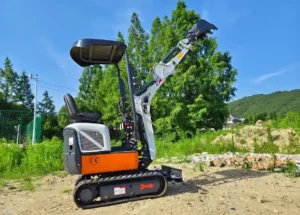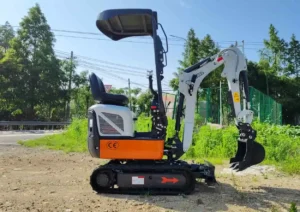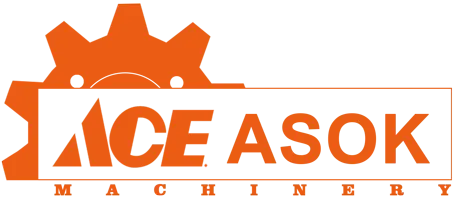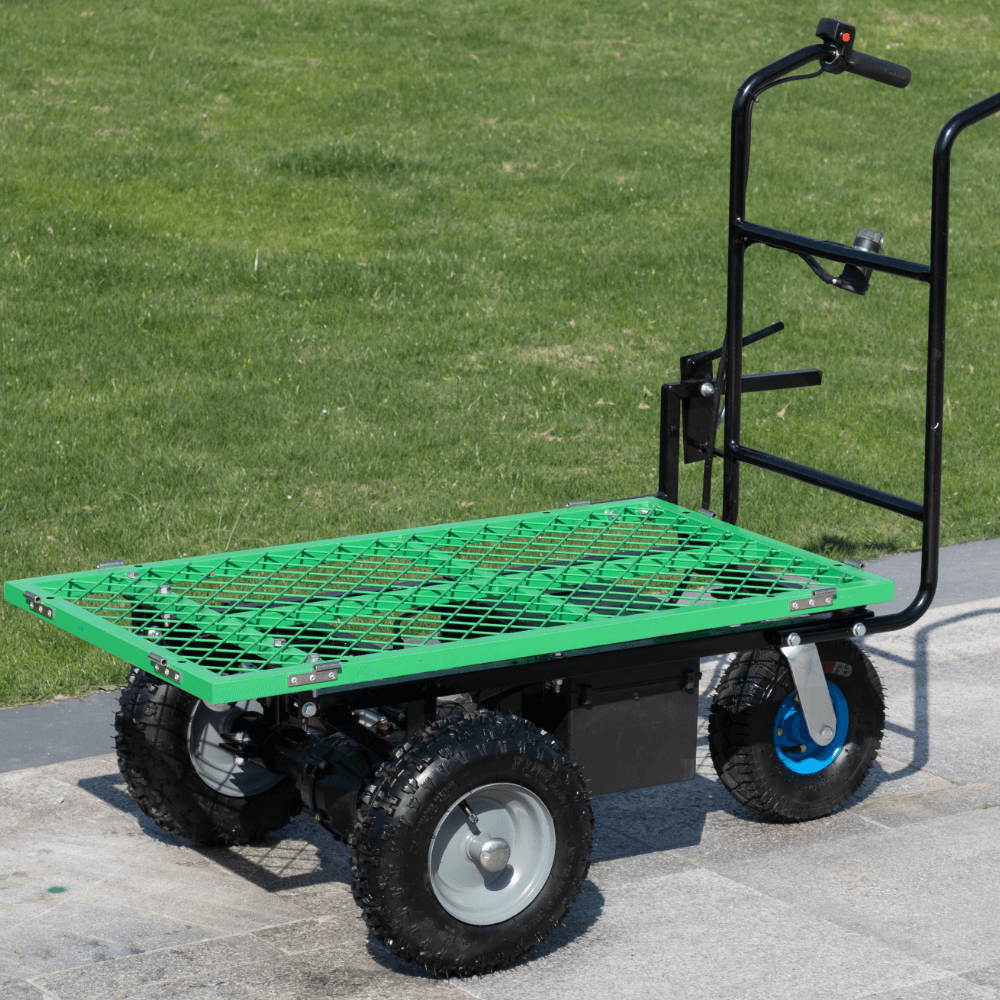Why Understanding Excavator Components Matters
Understanding the components of a hydraulic excavator helps operators and fleet managers improve efficiency, reduce downtime, and lower maintenance costs. Familiarity with parts such as the excavator boom, Hydraulic system, track tires, and powertrain system enables faster troubleshooting and safer operation on any job site.

Basic Excavator Components and Their Functions
Working Device (The Digging Arm)
The working device—commonly called the digging arm—performs excavation, lifting and loading. It is the central assembly driven by the Hydraulic system and supported by the powertrain system.
Bucket
The bucket is the primary tool for digging and scooping. Buckets are often interchangeable with attachments like breakers or grabs to extend the machine’s versatility.
Stick
The stick (or dipper arm) connects the bucket to the excavator boom and controls reach and digging depth. The Hydraulic system controls stick movement for precise positioning.
Excavator Boom
The excavator boom is the large arm that raises and lowers the stick and bucket. The boom’s range and strength are directly driven by the machine’s Hydraulic system, making boom maintenance critical for safe, efficient digging.
Walking System (Mobility)
The undercarriage provides mobility and stability. Selection between crawler tracks and wheels depends on site conditions and transport needs.
Tracked Excavators and Track Tires
Track tires—steel or rubber tracks—offer excellent traction and ground contact, making tracked excavators ideal for muddy or uneven terrain. Proper track tire care ensures the excavator remains stable under heavy loads.
Wheeled Excavators
Wheeled machines travel faster on paved surfaces and are suitable for urban jobs; however, they are less effective on soft ground compared to tracked excavators with robust track tires.
Slewing Mechanism (Rotation)
The slewing mechanism allows the upper structure, cab and excavator boom assembly to rotate 360°. This rotation—powered via the Hydraulic system—lets the operator dig and dump materials without moving the entire machine.
Powertrain System (The Engine and Drive)
The powertrain system supplies engine power and torque to the hydraulic pumps and the undercarriage drive. Diesel engines remain common for their torque and range, while electric or hybrid options reduce emissions for urban work.
Hydraulic System (Power Transmission)
The Hydraulic system is the excavator’s working muscle. High-pressure hydraulic oil transmits power from the powertrain system to the boom, stick and bucket, enabling smooth, precise movements. Regular maintenance of hydraulic pumps, hoses and cylinders is essential for reliable performance.
Operator Controls and Cab
The control system is the operator’s interface—joysticks and pedals coordinate the Hydraulic system and the powertrain system. Ergonomic cab design and clear visibility contribute to safer, more efficient work.
Auxiliary Components: Counterweight & Safety
The counterweight stabilizes the machine during heavy lifts. Additional safety components—seatbelts, ROPS/ FOPS cabs, and service access points—protect the operator and simplify maintenance.

Conclusion
Knowledge of the excavator boom, Hydraulic system, track tires, and powertrain system is essential to choose, operate, and maintain a reliable hydraulic excavator. Regular inspections and preventive maintenance keep equipment productive, safe, and cost-effective on every project.
FAQ:
Key Applications for a Hydraulic Excavator
- Digging and trenching
- Grading and site preparation
- Demolition and material handling
- Roadworks and foundation construction
- Mining and dredging (long-reach excavators)
Mini and compact hydraulic excavators are particularly useful in urban projects, where track tires and compact designs allow work in confined spaces.
Major Structural Groups of an Excavator
An excavator’s three major parts are:
- Boom, stick and bucket — the working device powered by the Hydraulic system.
- Cab and upper structure — operator controls, cab, and slewing mechanism.
- Undercarriage — includes track tires or wheels and the drive elements of the powertrain system.
How Many Parts Does an Excavator Have?
A typical hydraulic excavator contains hundreds of components—hydraulic cylinders, pumps, hoses, pins, sensors, the engine and many powertrain system elements. Each part depends on the Hydraulic system and powertrain system working together to deliver force and motion.
Common Types of Excavators
- Crawler excavators — best for rough or soft terrain, using robust track tires.
- Wheeled excavators — optimized for paved surfaces and quick relocation.
- Mini (compact) excavators — fit tight spaces and urban sites.
- Long-reach excavators — designed for deep digging and dredging.
- Dragline excavators — suited for large earthmoving operations and mining.
Practical Maintenance Tips
Hydraulic System Care
Check hydraulic oil levels and filters regularly, inspect hoses for wear, and monitor pump performance. A healthy Hydraulic system guarantees precise control of the excavator boom and attachments.
Track Tires & Undercarriage
Keep track tires tensioned correctly, inspect for damage, and clean debris to prolong life. Proper undercarriage maintenance reduces wear on the powertrain system and improves fuel efficiency.
Powertrain System Checks
Follow engine service intervals, monitor fuel and air systems, and perform scheduled inspections. The powertrain system powers the entire machine and supports hydraulic functions.





